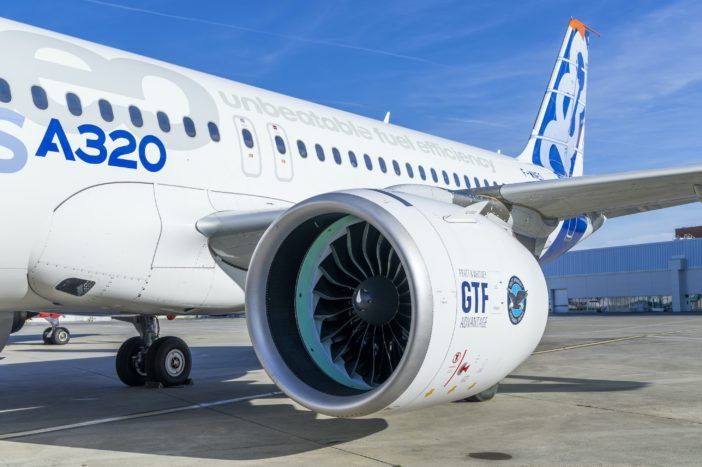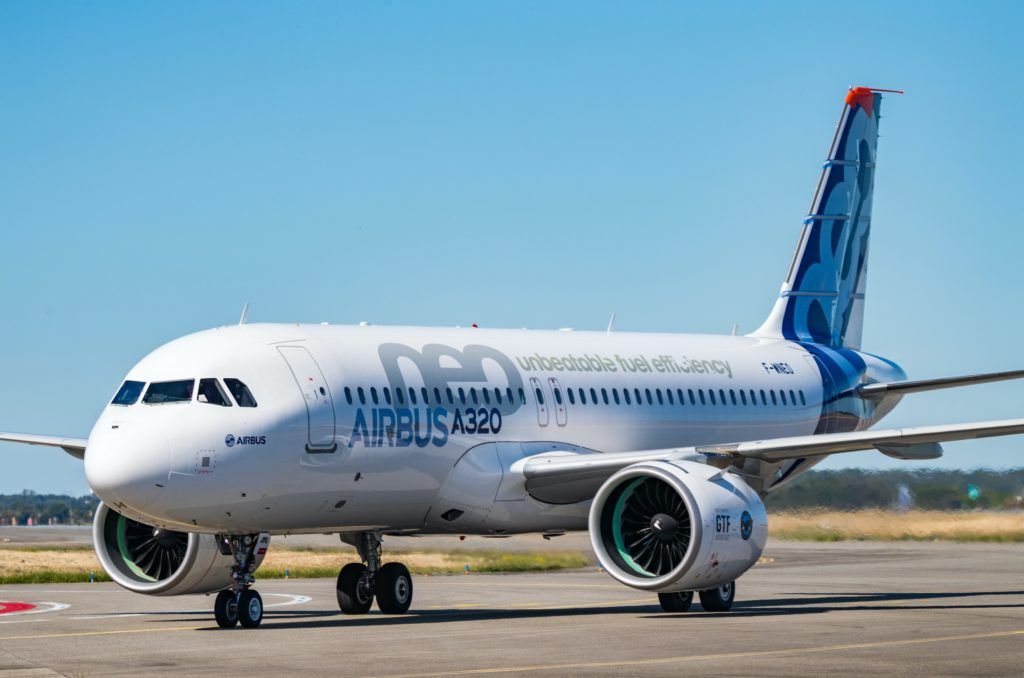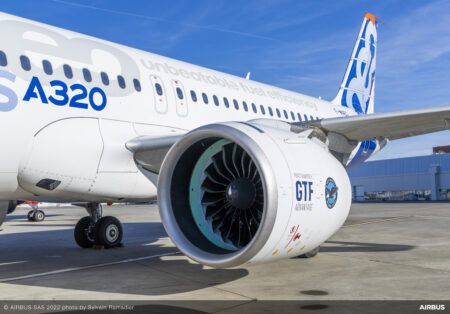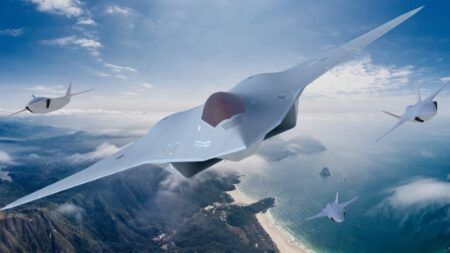Airbus has begun development flight testing of Pratt & Whitney’s GTF Advantage engine on the A320neo.
The GTF (geared tubrbofan) Advantage engine reduces aircraft fuel consumption and carbon dioxide emissions by up to 1% compared to the current GTF engine.
Pratt & Whitney started FAR33 certification of the Advantage engine during the summer. FAR33 is the section of FAA regulations that deals with airworthiness for aircraft engines.
The early flight test campaign with Airbus is testing the engine in a variety of environments, including hot and cold weather and operation from high-altitude airports.
Engine certification will continue through the first half of 2023, including flights currently underway on the Pratt & Whitney flying test bed in Mirabel, Québec, Canada, as well as extensive endurance testing to ensure product maturity at entry into service.
The GTF Advantage engine has completed more than 2,400 hours and 7,800 cycles of testing, including a successful test on 100% sustainable aviation fuel (SAF).

Rick Deurloo, president of commercial engines at Pratt & Whitney said, “GTF engines already offer the lowest fuel consumption and carbon dioxide emissions for the A320neo family. The GTF Advantage engine extends that lead. It also enhances aircraft capability by increasing thrust and protects durability by running cooler.
“For airlines, this means new revenue opportunities and better operating economics. Our geared fan architecture is the foundation for more sustainable aviation technologies in the decades ahead, and the GTF Advantage engine is the next step in that journey.”
The GTF Advantage is capable of a takeoff thrust improvement of 4% at sea level, making range extensions and higher payloads possible for aircraft, including the A321XLR aircraft. The engine also offers an increase of up to 8% takeoff thrust at higher altitudes, according to Pratt & Whtney. The Advantage engine will be intermixable and interchangeable with the current GTF engine.





